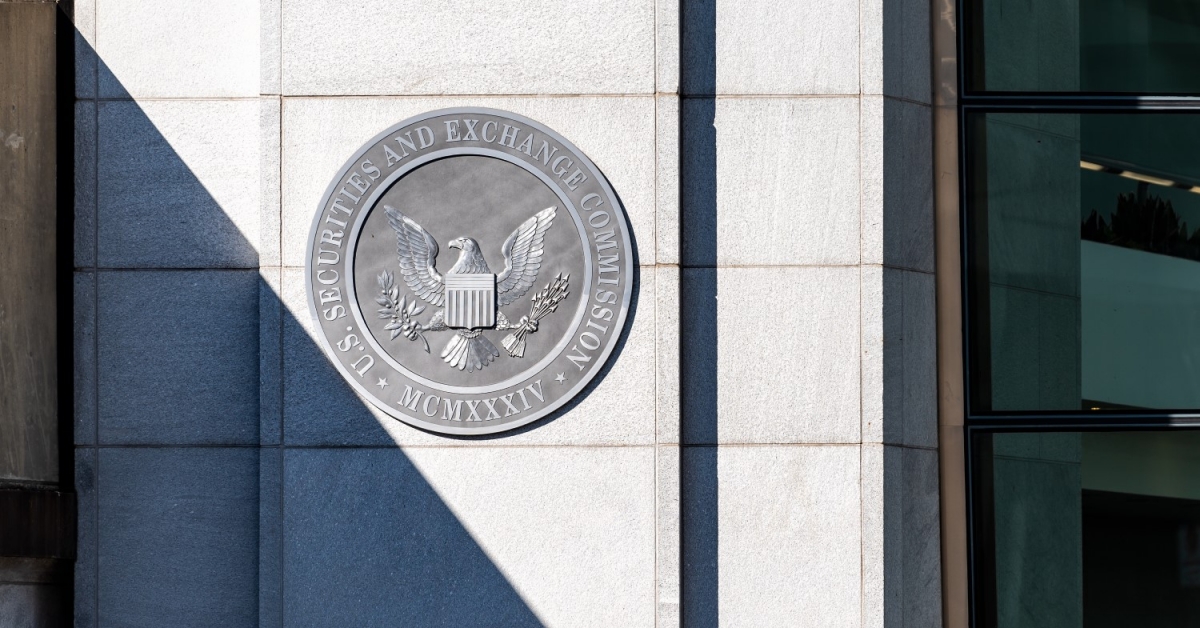Perspective on the matter changes depending on one’s income: investors making less than $50,000 a year said the most significant benefit of dollar-cost averaging was the encouragement of consistent investment habits, but those making over $50,000 had more interest in reducing the impacts of market volatility.
“This difference might indicate that lower-income investors need more support with investment decisions, including maintaining regular contributions and sticking to a trading decision without emotional influence,” the report said.
“Lower-income investors most often choose riskier strategies like trying to time the market,” the report added, noting that respondents making less than $75,000 tend to prefer that strategy instead of dollar-cost averaging, whereas the vast majority of respondents making more than $150,000 privileged the more cautious route.

:format(jpg)/author-service-images-prod-us-east-1.publishing.aws.arc.pub/coindesk/6189a10d-85f8-4534-96f0-b0c28aa351e9.png)








